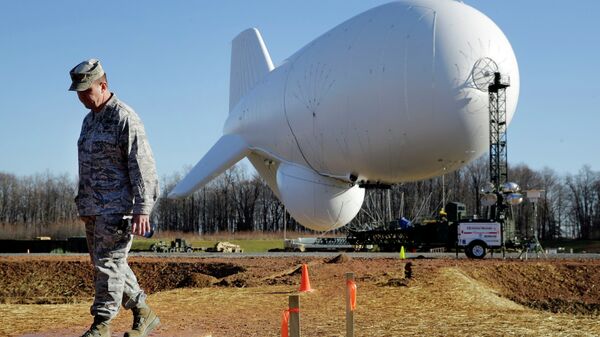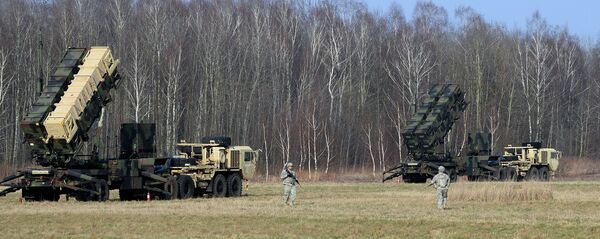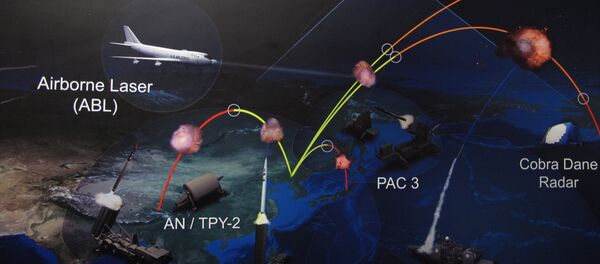Col. Donnie Wilson, of the South Carolina National Guard, said Wednesday, "We are currently working within NORTHCOM now to find some type of solution on the East Coast for surveillance." Wilson, who serves as an operations officer for the 263rd Army Air and Missile Defense Command, told an audience at a Center for Strategic and International Studies event that, “If you can’t see it, you definitely can’t kill it," and that "NORTHCOM and NORAD are working diligently to find the capability … to provide the East Coast coverage to be able to integrate in the [National Capital Region] in both shooter and sensor capabilities."
Last fall, a high-tech JLENS surveillance dirigible broke from its mooring station at Aberdeen Proving Ground, Maryland, and drifted to Pennsylvania, knocking out power lines. When it landed, state troopers shot at it to speed the blimp’s deflation. This incident occurred after the US Army had recently commenced a planned three-year operational test of the Joint Land Attack Cruise Missile Defense Elevated Netted Sensor System (JLENS).
"I would tell you that JLENS was on a path to be very successful, short of the slight mechanical malfunction that happened. I was very involved with that program and I’ve seen a lot of the capabilities. If JLENS is put back on schedule to complete its test I think it would be a major game changer." said, Wilson, adding that, "Even in the NCR today we struggle to provide this overhead persistent capability, such as JLENS."
The JLENS system, made by the Raytheon company, uses a fire-control system aerostat and a surveillance aerostat. The surveillance system is capable of tracking vehicles and boats, along with tracking cruise missile threats. Its proposed range would stretch from Norfolk, Virginia, to Boston, Massachusetts. The exercise was to be a deciding factor in whether to keep JLENS in Maryland permanently, and whether the Army should acquire additional systems.
Earlier this year the Combat Readiness Center and the Cruise Missile Defense System’s Joint Product Office judged that more than a single design flaw caused the blimp’s malfunction. Mistakes as simple as neglecting to install batteries in an automatic deflation system are also to blame.
Tom Karako, a missile defense analyst suggests that the most effective solution is to have a system similar to JLENS.
"If the recent defense bills in Congress are any indicator, JLENS is dead, but in terms of capability, we are going to have to find a way to say, ‘long live JLENS,’ because it may be built by somebody else, it may be called something different, but if we are serious about going after the cruise missile problem, we are going to have to find some way to have an elevated sensor that looks at these things." he said.





